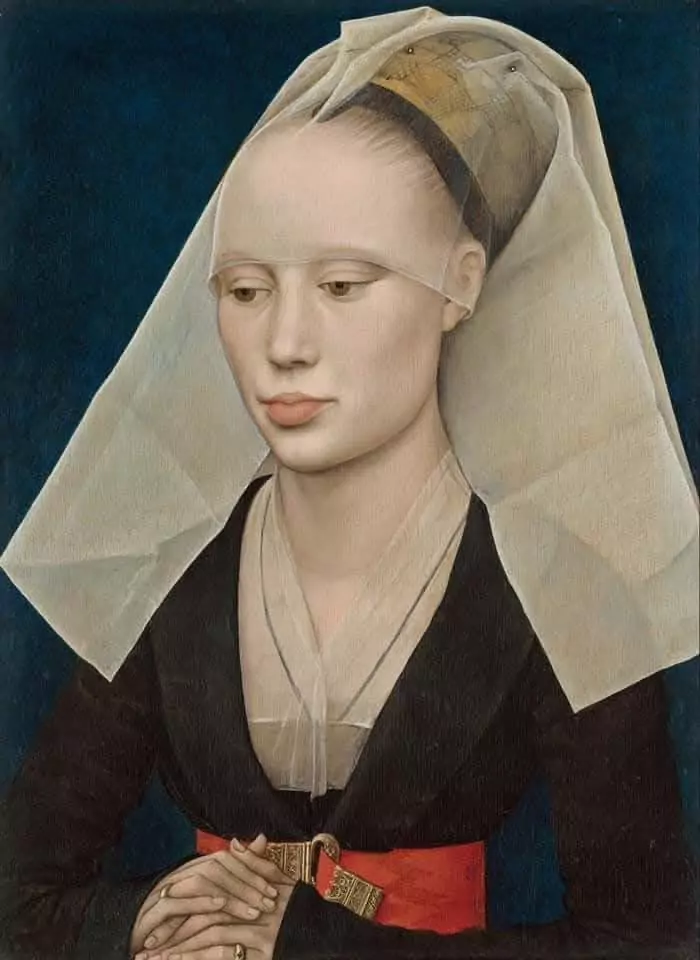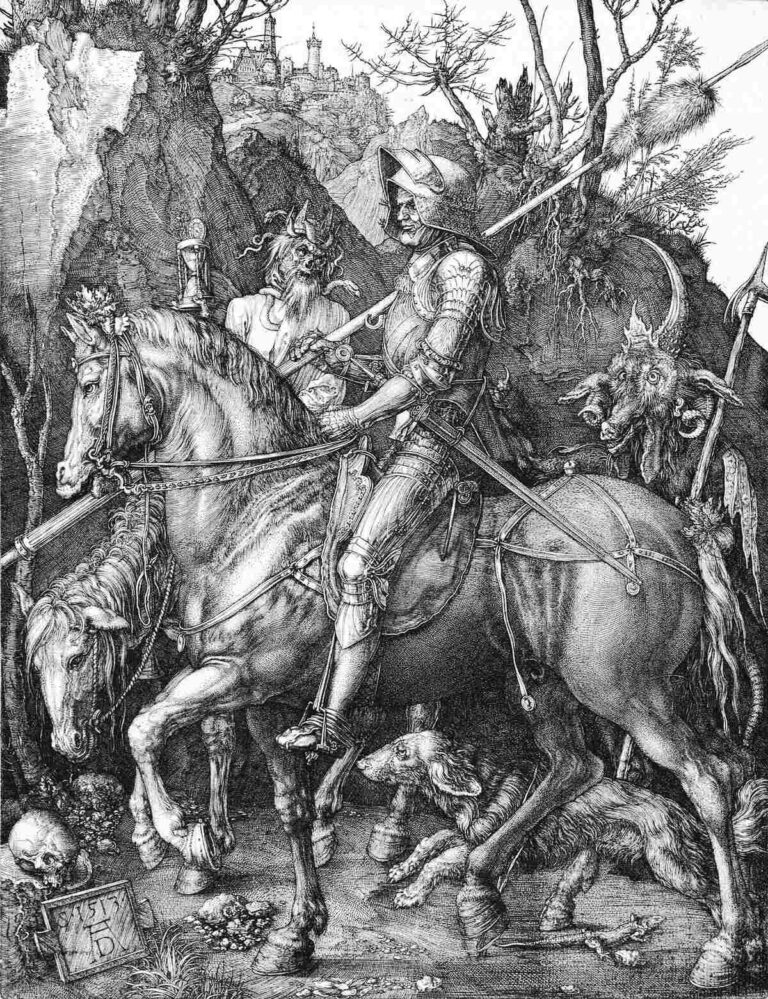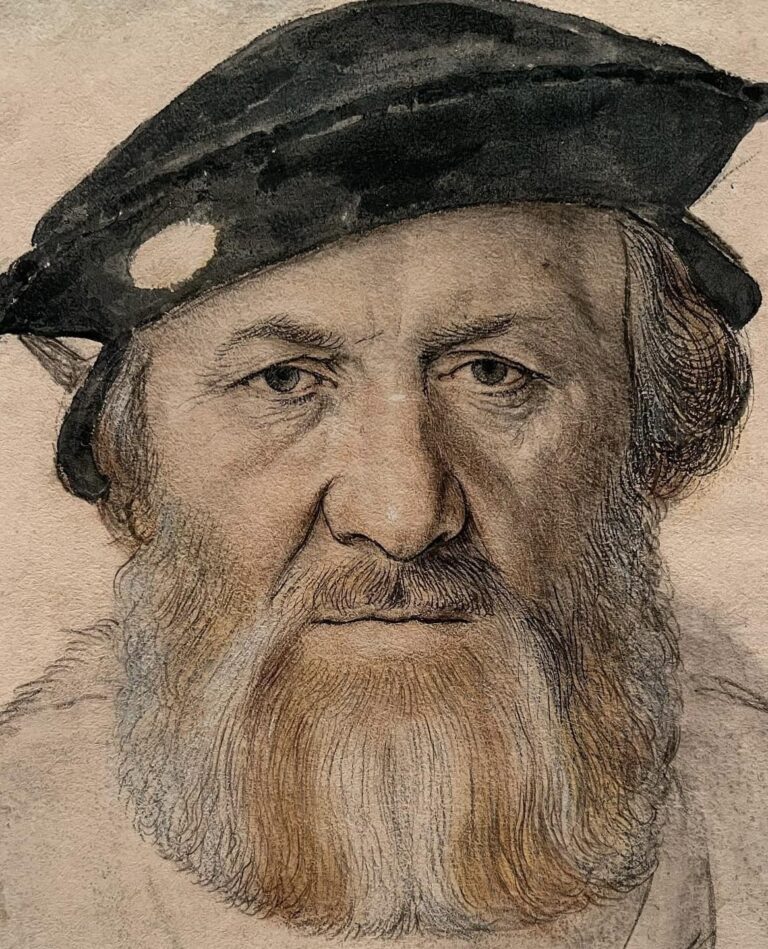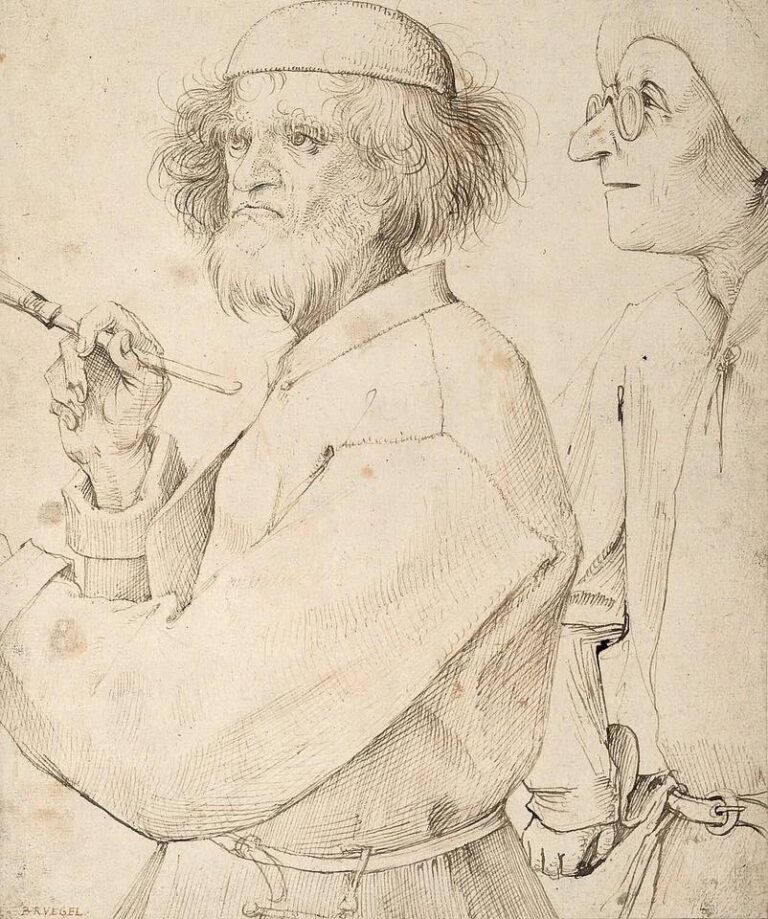Looking for a muse? Check no further. Discover the Best of Art, Culture, History & Beyond!

Text by Vincent DeLuise Author, Educator, Musician at amusicalvision.blogspot.com, Cultural Ambassador, Waterbury Symphony Orchestra
Artist : Rogier van der Weyden
Title : Portrait of a Lady (Portrait of a Woman)
Date : 1460 , Dimensions : 34 cm x 25 cm (13 in. x 10 in.)
Medium : Oil on wooden panel
Collection : National Gallery of Art, Washington DC
Rogier van der Weyden’s Portrait of a Lady is a jewel of early Nederlandisch art. It is a small oil-on-oak panel painting executed around 1460 by Rogier.
We know Rogier was a masterful painter of sacred works of art. He was also an accomplished painter of secular works.
There is a monumentality with Rogier’s works, even those that physically small as here. The painted surface of this portrait is not much larger than a sheet of paper. Yet Rogier is still able to convey the implied wealth and majesty of the sitter by depicting her face and headdress as a triangle of shapes, and crafts her body as a set of cubes.
Note the dark background with no identifiable landmarks. This is how Rogier usually presented his sitters. The background, devoid of detail, with spotlighting on the sitter, amplifies the monumentality. It would be Rogier’s pupil Hans Memling who would bring landscapes, nature and buildings into early Nederlandisch portrait backgrounds.
Rogier was gifted in depicting faces, real-life faces; and almost as an afterthought he gives us another example of his artistic genius and legerdemain- the diaphanous and barely visible veil over the subject’s face and forehead.
Extraordinary indeed.
“ She is slender and depicted according to the Gothic ideal of elongated features, indicated by her narrow shoulders, tightly pinned hair, high forehead and the elaborate frame set by the headdress.”
“The woman wears an elegant low-cut black dress with dark bands of fur at the neck and wrist. Her clothes are of the then-fashionable Burgundian style, which emphasises the tall and thin aesthetic of the Gothic ideal.”
It is stated that it this is the only known portrait of a woman accepted as an autograph work by Rogier van der Weyden. I am not sure if that is true as there is at least one other signed Rogier.
Her hands and the details of her clothing have been painted with precision. These details, and equally the composition, reveal the inspiration of Jan van Eyck, which was marked in the art of Rogier in the period around 1440.
The identity of the young woman is unknown. The sitter’s name is not recorded and Rogier did not title the work. A minority opinion is that she is Marie de Valengin.
Curatorial comments from the NGA DC, the institution which holds this extraordinary painting:
“This painting is an outstanding example of the abstract elegance characteristic of Rogier’s late portraits. Although the identity of the sitter is unknown, her air of self–conscious dignity suggests that she is a member of the nobility. Her costume and severely plucked eyebrows and hairline are typical of those favored by highly placed ladies of the Burgundian court.
“The stylish costume does not distract attention from the sitter. The dress, with its dark bands of fur, almost merges with the background. The spreading headdress frames and focuses attention upon her face. Light falls with exquisite beauty along the creases of the sheer veiling over her head, and gentle shadows mark her fine bone structure. In contrast to the spareness of execution in most of the painting, the gold filigree of her belt buckle is rendered with meticulous precision. The scarlet belt serves as a foil to set off her delicately clasped hands.
“Rogier excelled as a portrait painter because he so vividly presented the character of the persons he portrayed. The downcast eyes, the firmly set lips, and the tense fingers reflect this woman’s mental concentration. Rogier juxtaposed the strong sensation of the sitter’s acute mental activity to his rigid control of the composition and the formality of her costume and pose, presenting the viewer with an image of passionate austerity.”
High Resolution, Zoomable image
https://artsandculture.google.com/…/port…/pwGhp-hQAnSBdg
References
1) NGA DC website
https://www.nga.gov/collection/art-object-page.51.html
2) John Oliver Hand and Martha Wolff,
_Early Netherlandish Painting_. Washington: National Gallery of Art, 1986.
3) Dirk De Vos. _Rogier van der Weyden: The Complete Works_. Harry N Abrams, 2000.
4) https://www.nga.gov/…/early-netherlandish-painting.pdf
This monograph is an essential reference on early Nederlandisch art which updates some of Erwin Panofsky’s work and the writings of Max Friedländer
Text by Vincent DeLuise Author, Educator, Musician at amusicalvision.blogspot.com, Cultural Ambassador, Waterbury Symphony Orchestra

This article is published on ArtAddict Galleria, where we explore the intersections of art, history, and culture. Stay tuned for more insights and discoveries!



